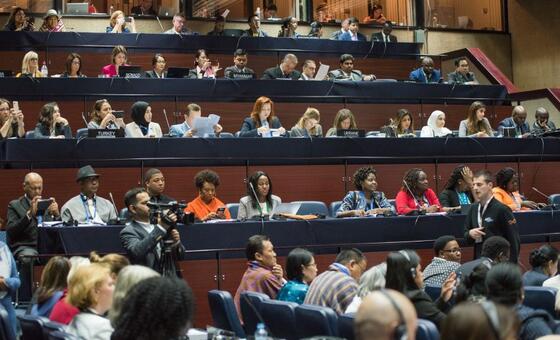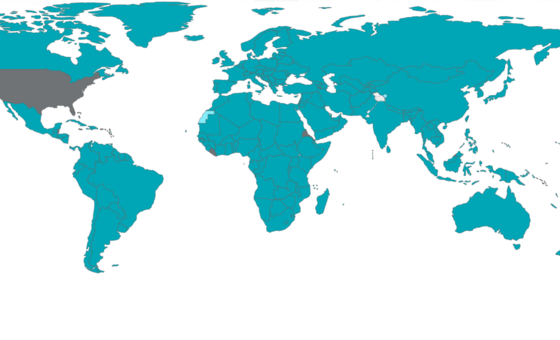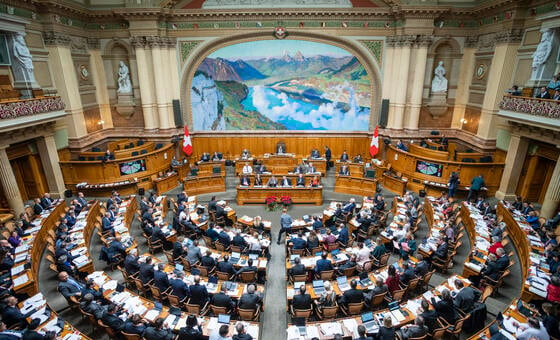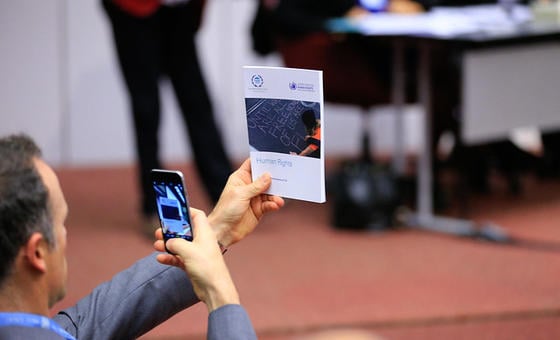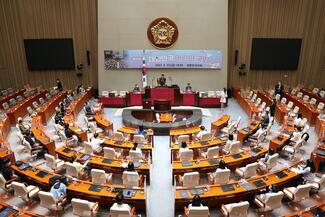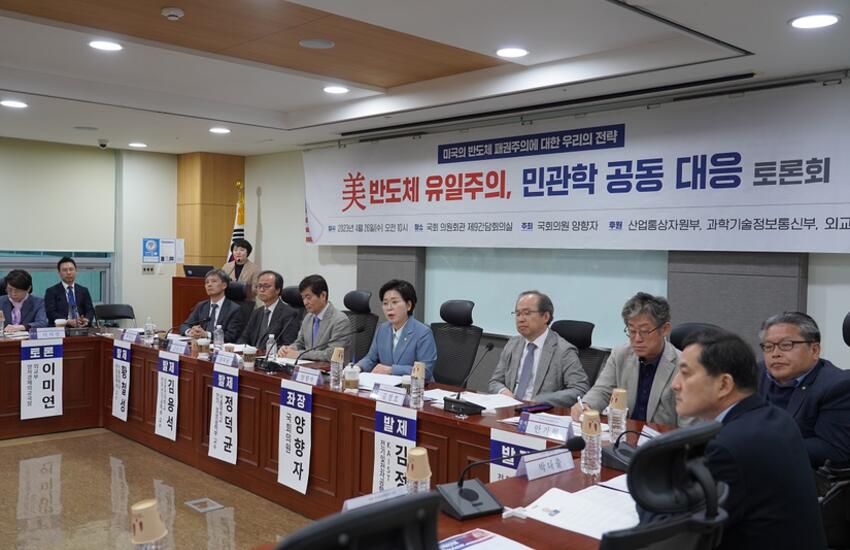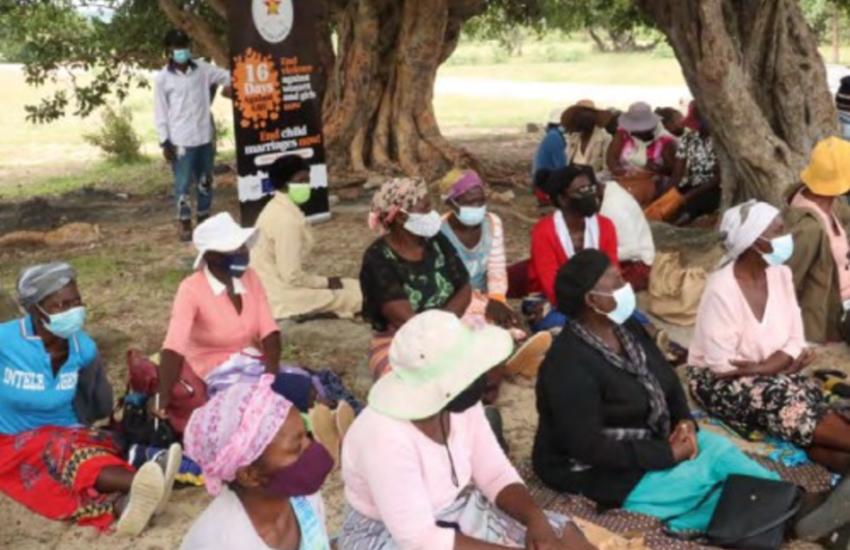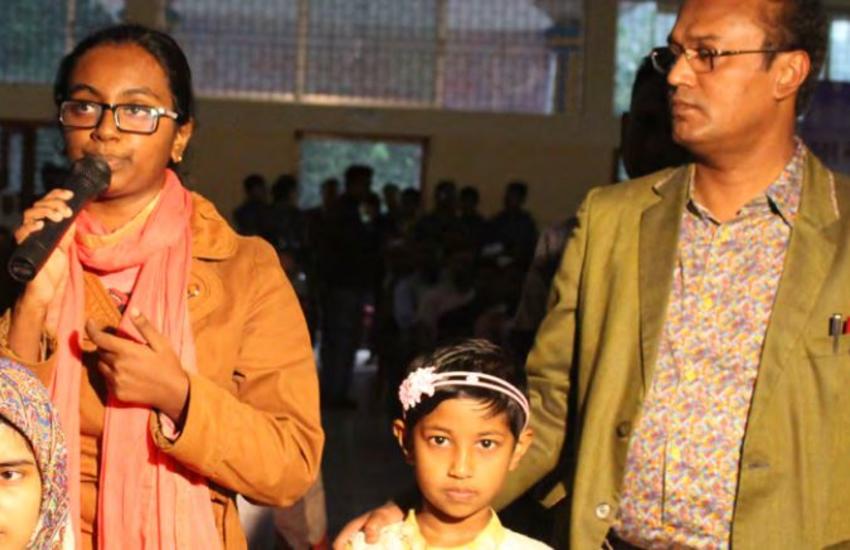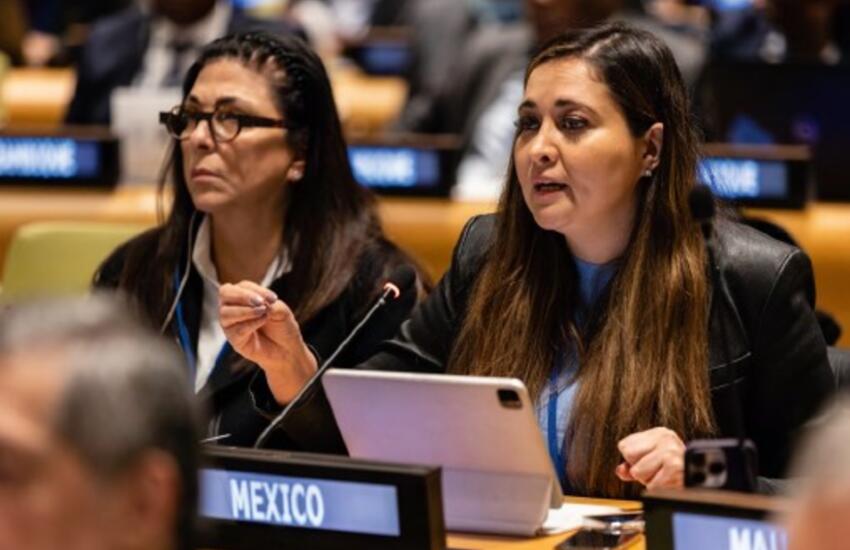Helping young people to learn about parliament is vital for the future of democracy. Parliaments have been engaging young people in recent decades in various ways, such as school tours, role play games, youth parliaments and competitions. The common aim of such initiatives is to teach young people about parliament and allow them to experience aspects of its procedures first-hand.
According to the IPU’s 2021 report on Youth participation in national parliaments, more than half of countries organize a youth parliament, but their objectives, formats, and modes of operation vary greatly. This article looks at the Children’s Assembly in the Republic of Korea, which has distinctive characteristics including a presence in all electoral districts and a direct connection with the law-making process.
About the Children’s Assembly
The Children’s Assembly was first introduced in the Republic of Korea in 2005 as one of the projects to commemorate the 30th anniversary of the National Assembly’s move to Yeouido Island in Seoul. These projects aimed to increase public understanding of the role of parliament and the notion of the separation of powers, with the ultimate goal being to strengthen democracy.
The Children’s Assembly provides opportunities for children to identify issues of interest and find solutions through dialogue, compromise, discussion and debate. It is organized and funded, including the costs for children to travel to Seoul, by the Legislative Training Division, which supports citizens’ participation in the National Assembly.
A presence in all electoral districts
There are 253 electoral districts in the Republic of Korea. Each electoral district has a Children’s Assembly Research Group (CARG), which sends one Child MP as its representative to the Children’s Assembly. Child MPs are typically in Year 6, the last year of primary school, and aged around 12 years old.
In each constituency, one primary school, one special school, and one out-of-school youth support centre are selected to operate the CARG with the cooperation of the local Office of Education and MPs. Each CARG consists of one guidance teacher and 10 students, taking into account gender balance. The CARG is formed in such a way that the guidance teacher recruits students to participate in the programme. In practice, the vast majority of participants come from primary schools. CARGs are usually formed at the end of April and are active for about three months until the end of July.
Between 2005 and 2022 (the Children’s Assembly programme was not held in 2020), 52,787 primary students participated in the CARGs in their electoral district.
Generating legislative proposals
CARG members identify issues that are close to home, such as in schools and local communities, or social problems at the national level. Through dialogue, debate and compromise, children seek ways to address the issues, and prepare solutions in the form of legislative bills.
To support CARG activities, the Legislative Training Division provides guidelines for the Children’s Assembly (details and procedures) and for the CARG activities themselves, to ensure they are carried out smoothly.
The guidance teacher supports discussion of the issues raised by the students, followed by the preparation of questions to the government and legislative proposals to address those issues. Through a process of discussion, each CARG selects one question and one proposal to be submitted to the National Assembly. The child who put forward the proposal becomes the CARG’s representative in the Children’s Assembly.
Submissions from the CARGs go through a preliminary review within the National Assembly. The Legislative Counsel Office, the organization in the National Assembly that supports legislative initiatives, reviews whether the contents submitted by the CARG are already reflected in current law. After that, an expert Examination Committee examines the necessity, practicality, originality and clarity of the submissions in order to select the best questions and legislative proposals.
Organization of the Children’s Assembly
The Children’s Assembly convenes for one day at the National Assembly, with one child MP from each of the 253 electoral districts. Mornings are reserved for standing committees, and plenary sessions take place in the afternoon.
The committee sessions are devoted to presentation of and debate on the legislative proposals selected by the Examination Committee. Child MPs then vote to select seven legislative proposals that will move forward to the plenary session. Meanwhile, five questions selected by the Examination Committee are announced.
The plenary session of the Children’s Assembly is held in the main hall of the National Assembly, with the Speaker of the National Assembly presiding. Child MPs begin by taking the oath.
The first item of business is the five questions to the government. The Deputy Prime Minister and Minister of Education reply to the questions on behalf of the government.
Afterwards, the seven child MPs who made the selected legislative proposals present their bills, emphasizing the reasoning, purpose and necessity of the proposed bill. The Children’s Assembly votes to choose the best legislative proposals.
Impact on law and policy
The best questions and legislative proposals are sent to MPs and relevant Ministries to assess their contents and determine whether to incorporate them into law and policy.
Some proposals from the Children’s Assembly have become law after being introduced to parliament in the form of member’s bills. The law on “the installation of small toilets for children” provides that if there are five or more toilet bowls or three or more washbasins in a public restroom, it is compulsory to install a toilet and washbasin for children. The law on “the regulation of online gaming hours for teenagers” makes it illegal for providers to give access to online games to children under the age of 16 at certain times.
In addition, a legislative proposal from the Children’s Assembly to prohibit sending text messages from other people’s mobile phone numbers was incorporated into government policy with the cooperation of mobile phone manufacturers.
Website of the Children’s Assembly: https://child.assembly.go.kr/child/main/childMain/main.do
----
This case study is part of the series of good practices stories prepared by the IPU-IPEN Public engagement hub in follow-up to the 2022 Global Parliamentary Report on Public engagement in the work of parliament.

